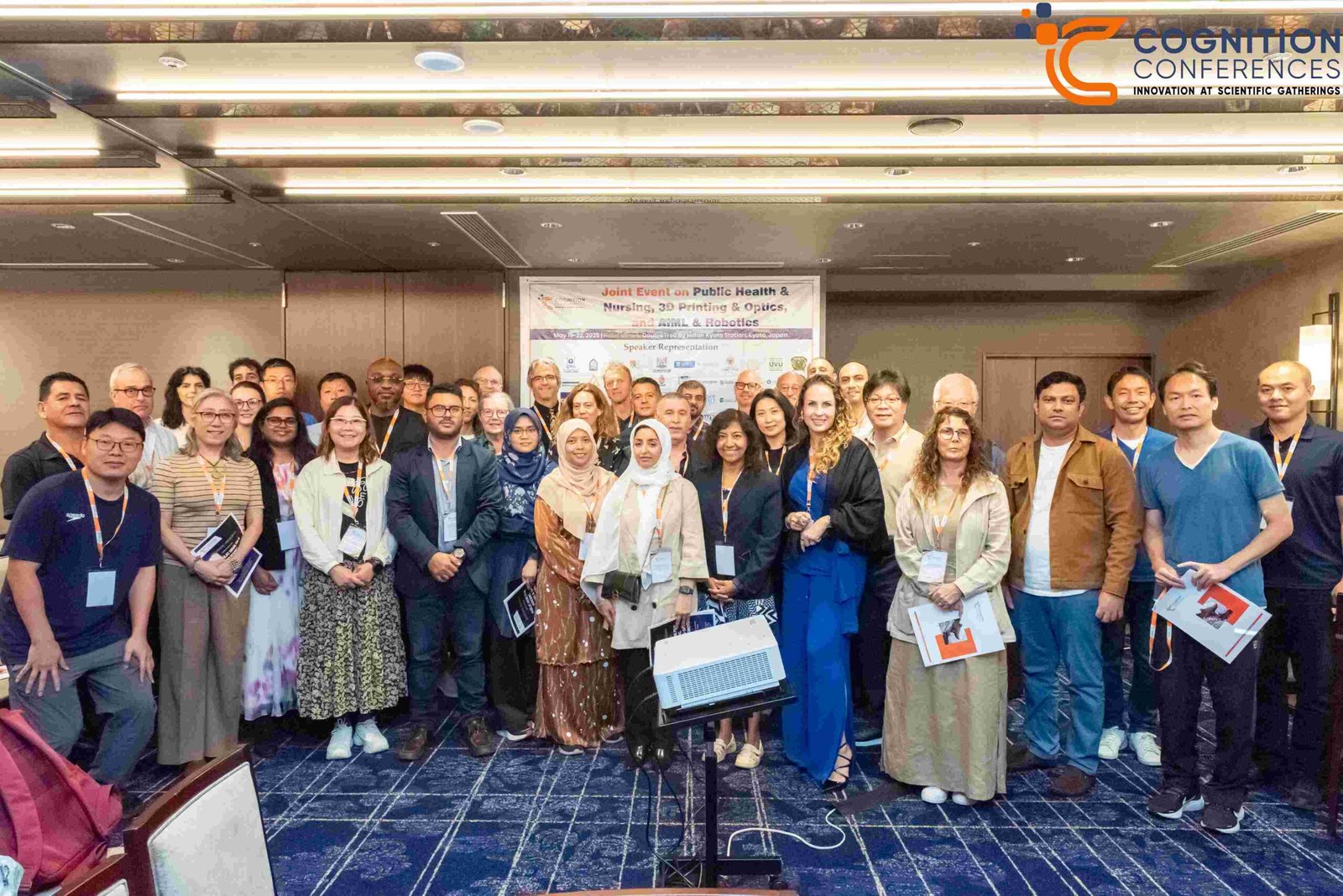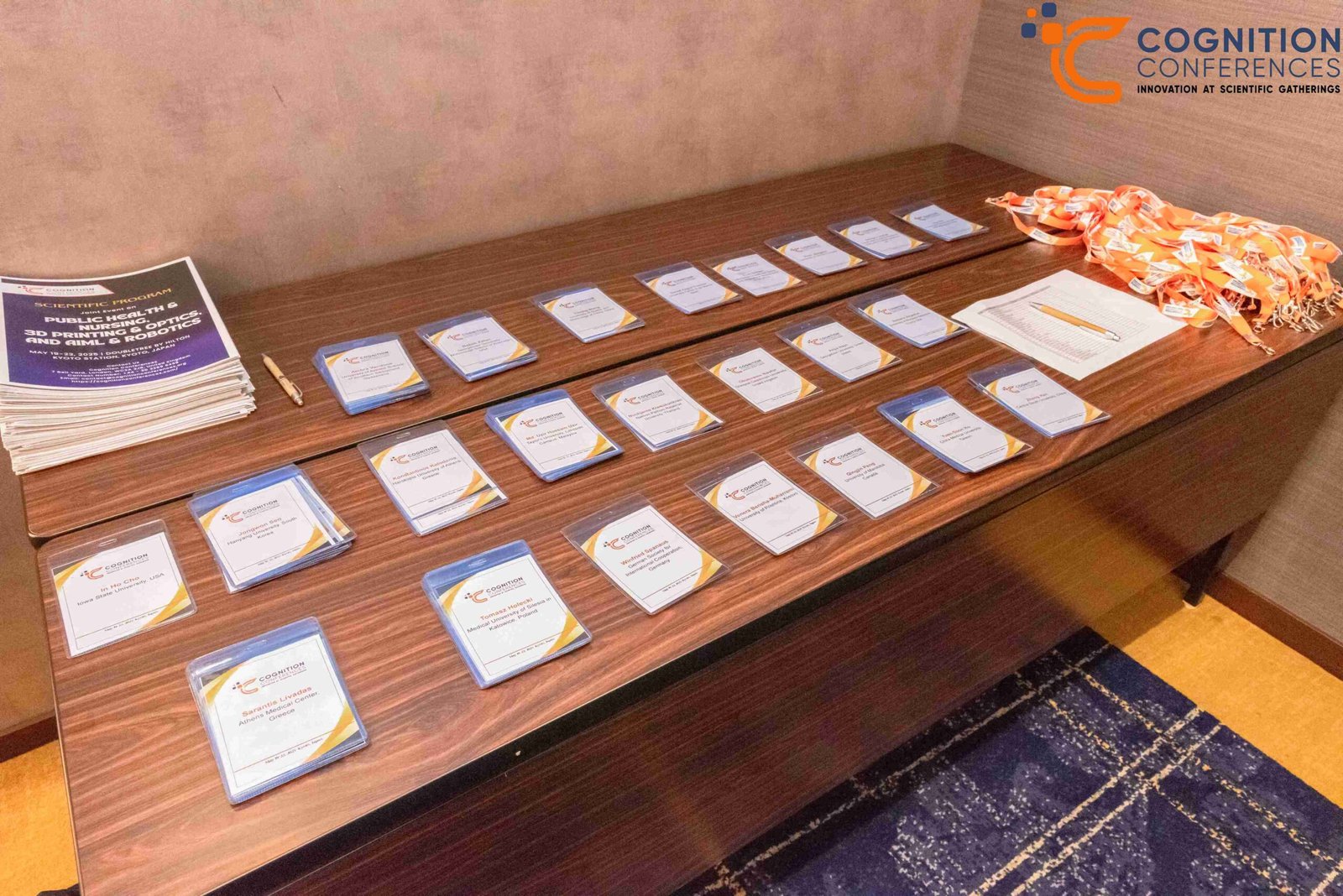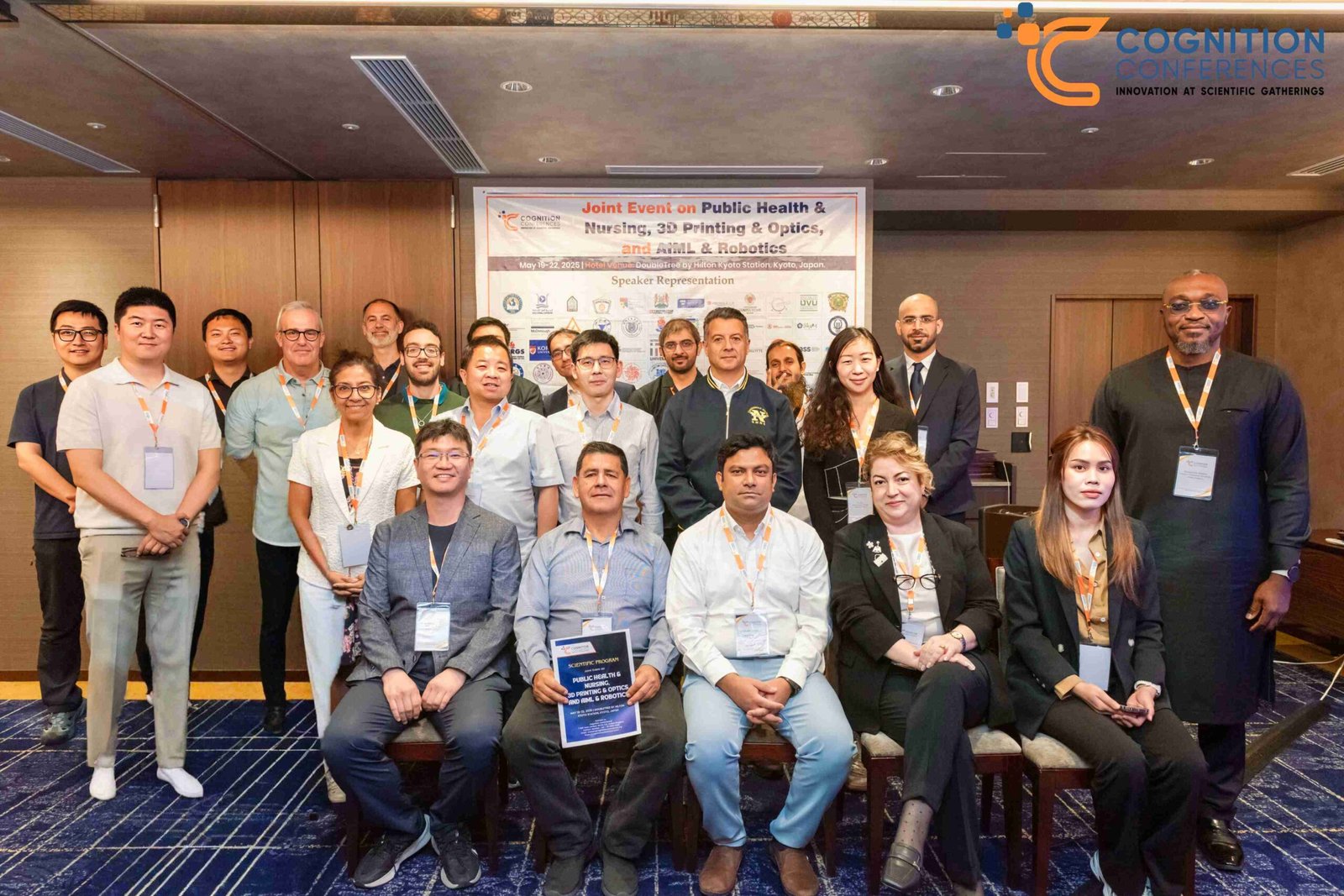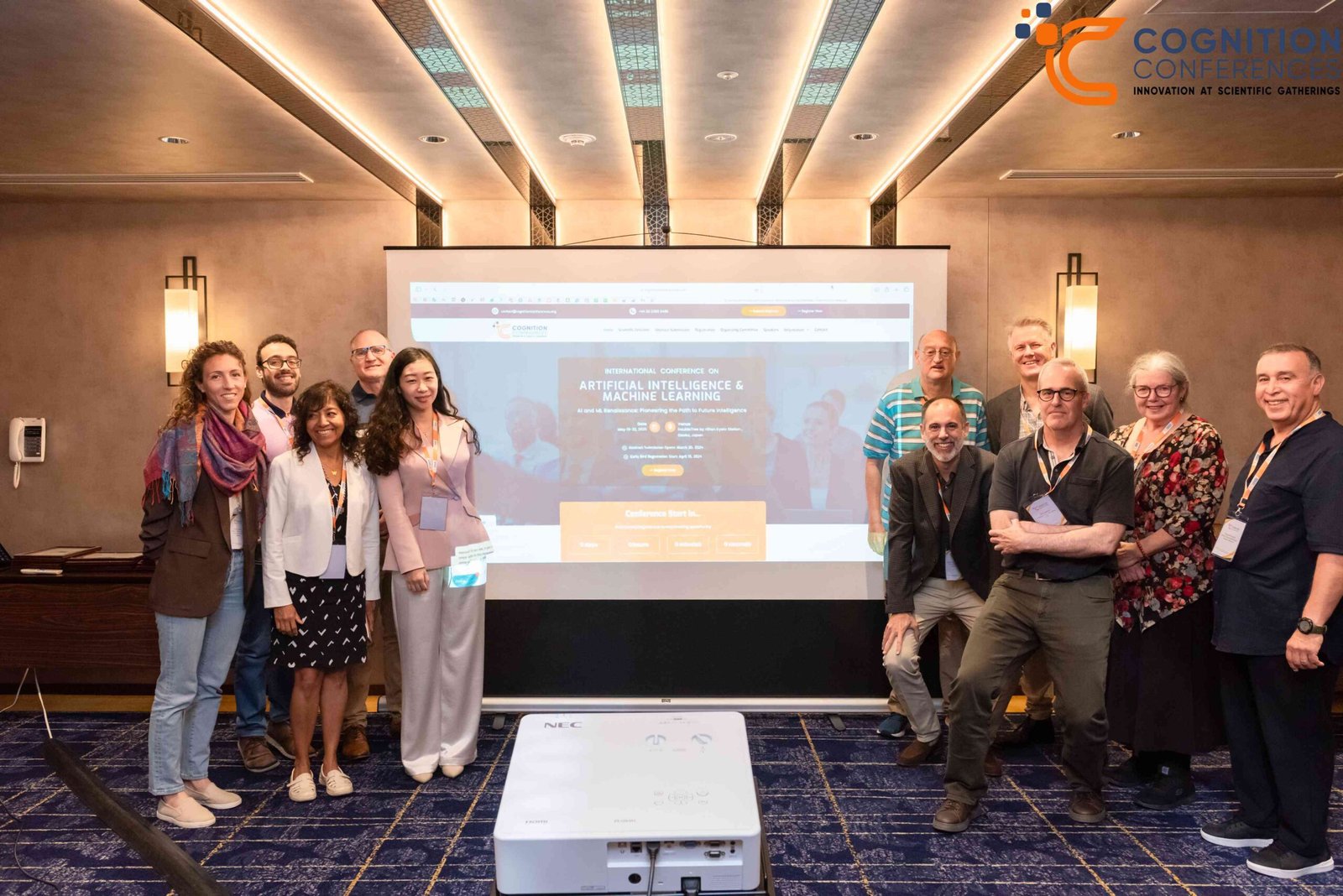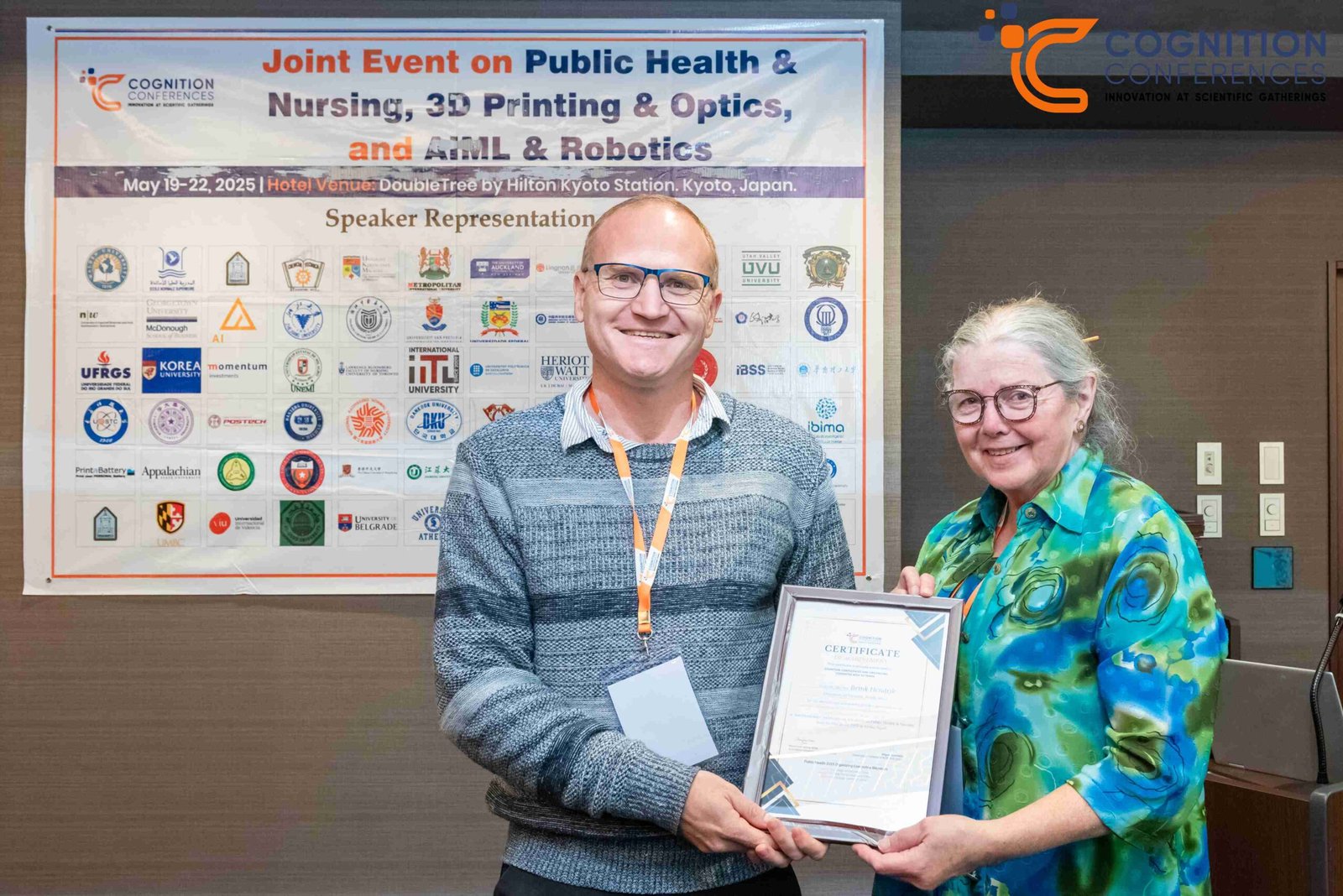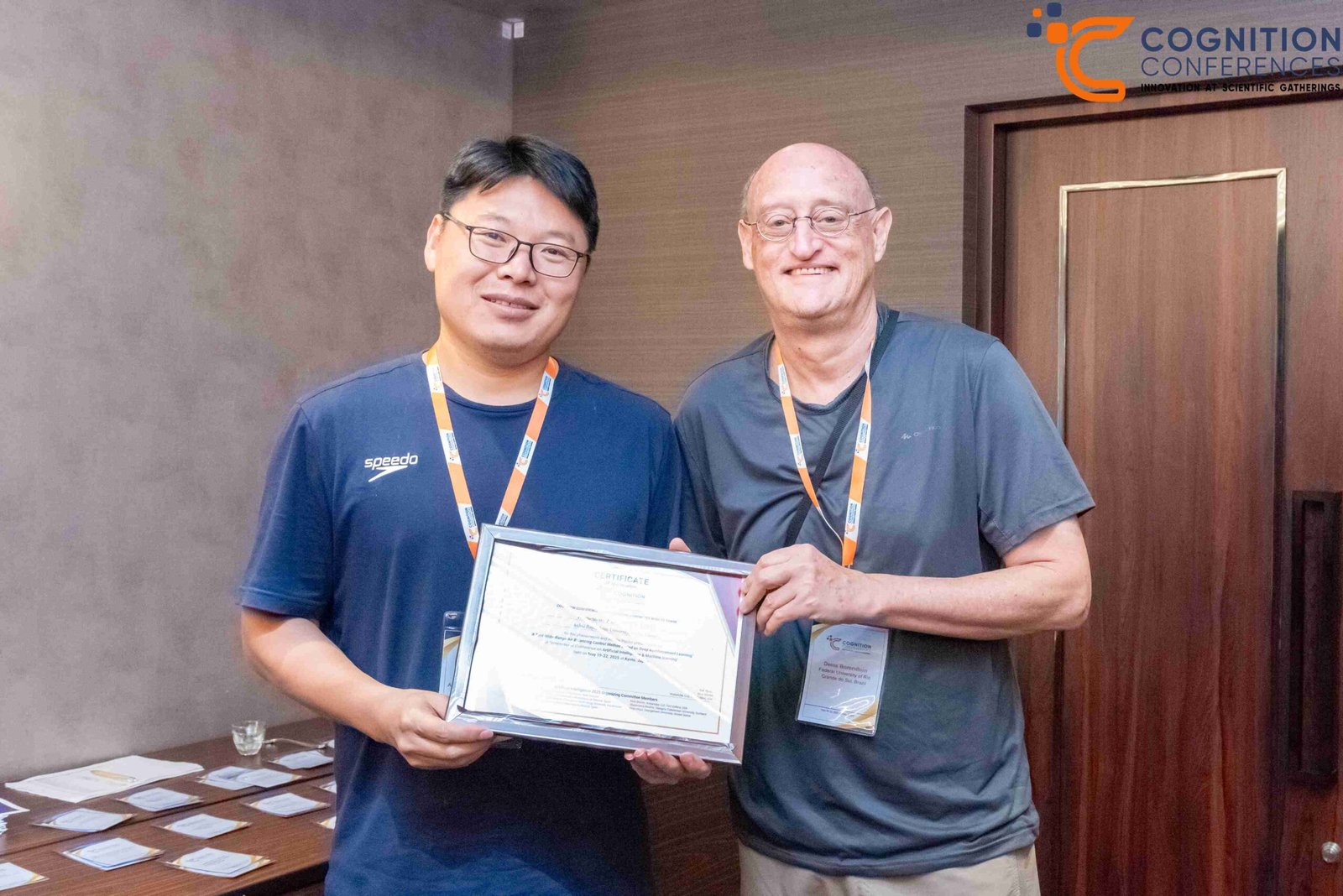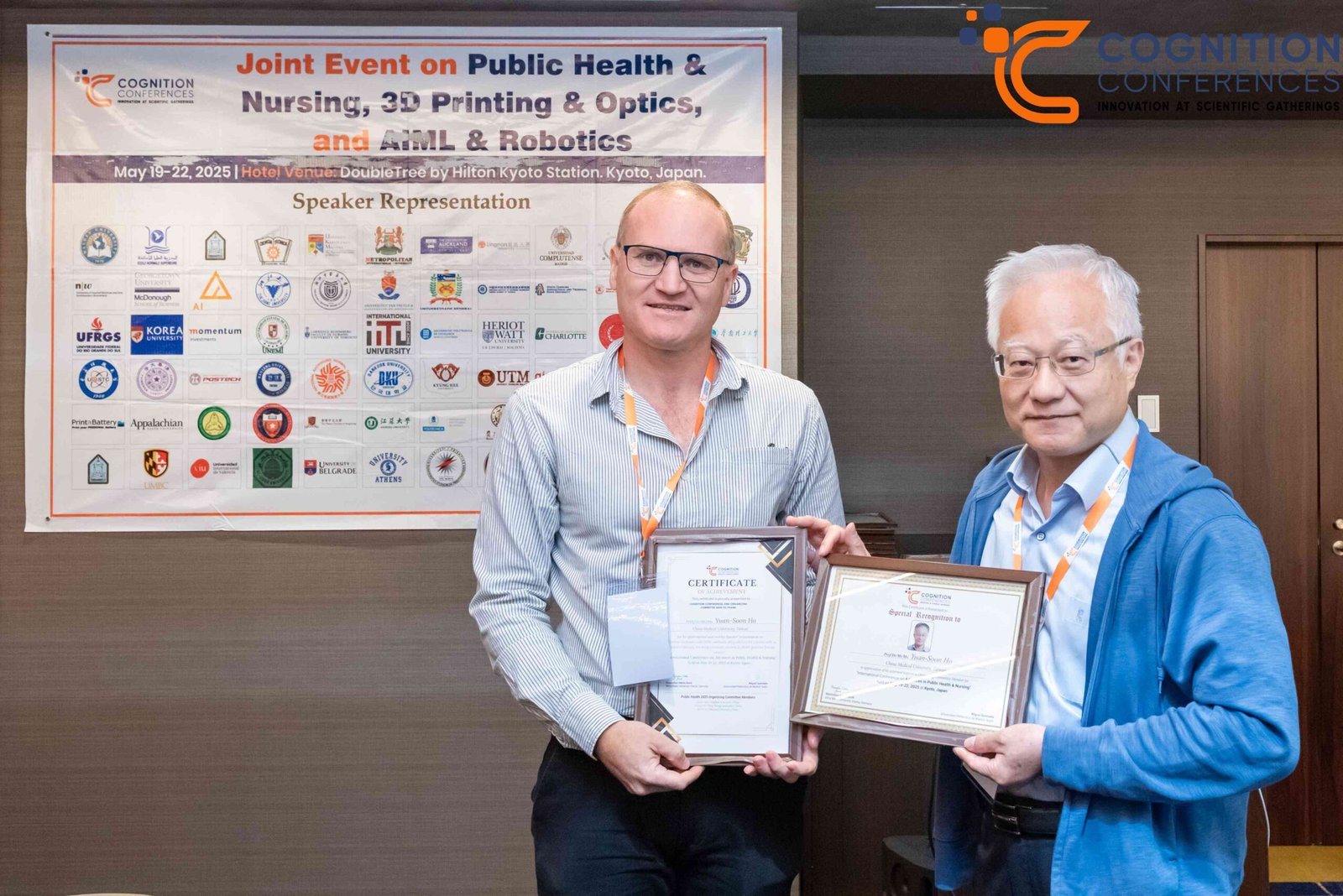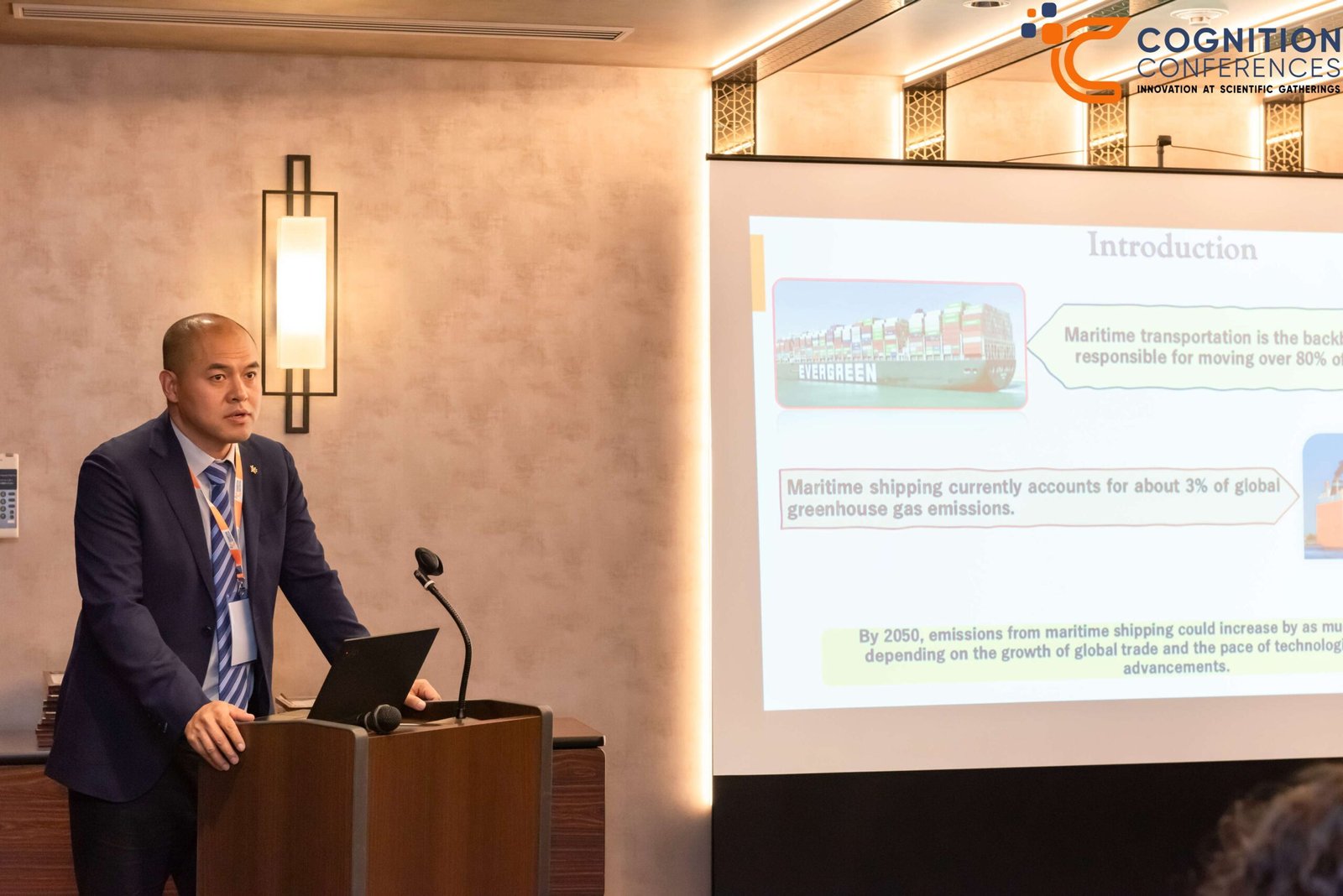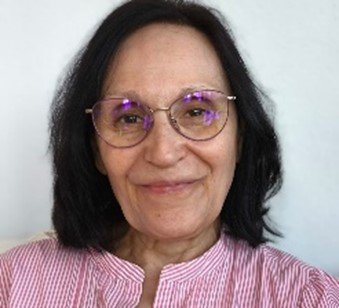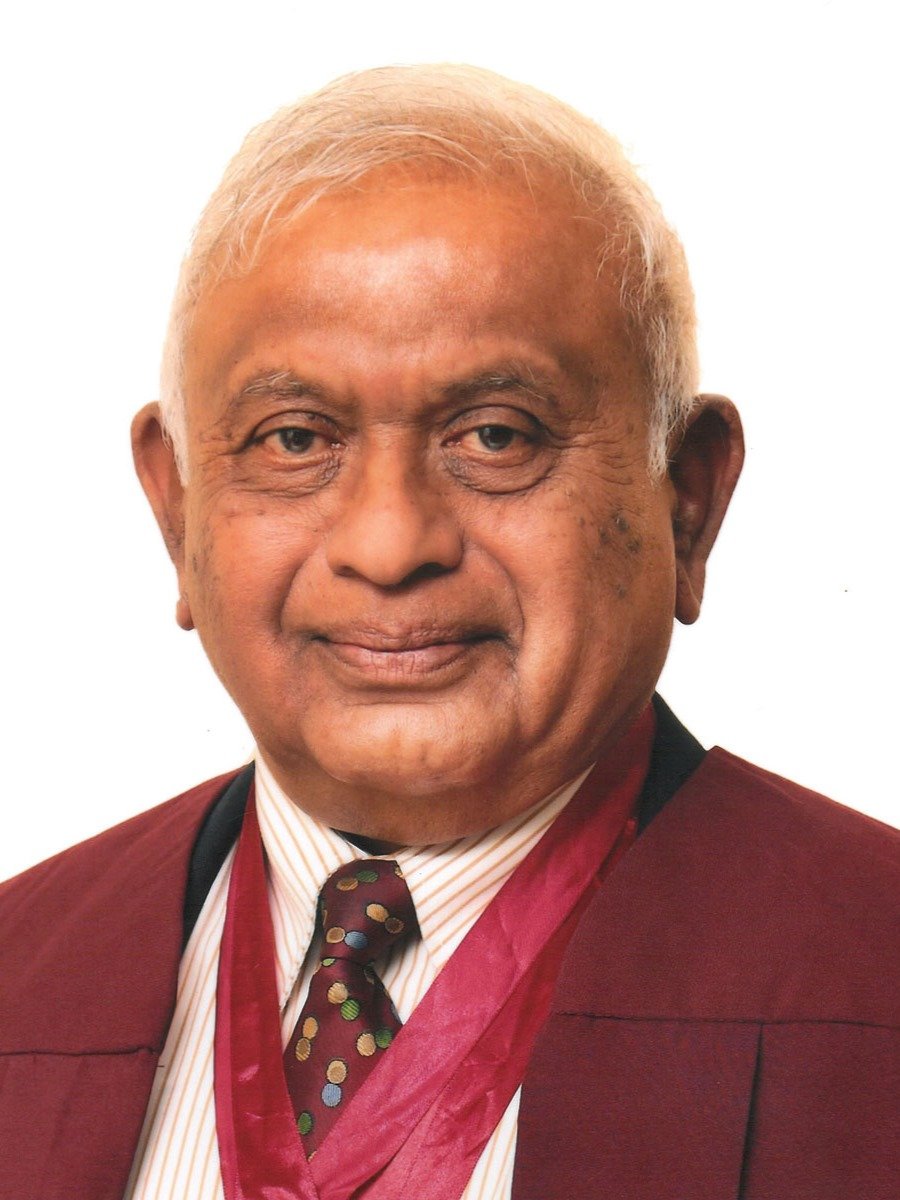Abstract
Drug addiction remains a chronic global crisis, affecting an estimated 3–4% of Canadians, and effective public health policy is critical to addressing this issue. A narrative review of national surveys, public health reports, and peer-reviewed literature evaluated both individual and community-level interventions. At the individual level, rehabilitation and counseling are widely used but face high dropout rates exceeding 50%, with most patients requiring multiple attempts, while medication-assisted therapy (MAT) with methadone, buprenorphine, or naltrexone reduces mortality by up to 59% yet remains underutilized, reaching only 22% of eligible patients in 2021. Integrated treatment programs show better outcomes than abstinence-only models, though relapse rates remain 40–50%. At the community level, harm reduction has proven highly effective: Canada’s distribution of over 590,000 naloxone kits by 2019 prevented thousands of overdoses, and supervised consumption sites (SCS) reversed nearly 29,000 overdoses in British Columbia between 2017 and 2024, with Toronto reporting a 67% drop in neighborhood deaths and Saskatchewan a 28% decline in drug-toxicity deaths. Portugal’s decriminalization model further highlights the impact of progressive policy, reducing drug-related deaths by 75% over two decades. However, controversies persist, as prohibitionist policies have consistently failed, debates continue between abstinence and harm reduction advocates, and community resistance to SCS remains strong due to stigma, despite evidence showing no increase in crime; moreover, policy shifts, such as Oregon’s repeal of decriminalization in 2024, reflect ongoing challenges. Overall, evidence strongly supports integrated strategies that combine individual MAT and social support with community harm reduction and policy reform, though consistent implementation remains difficult.




